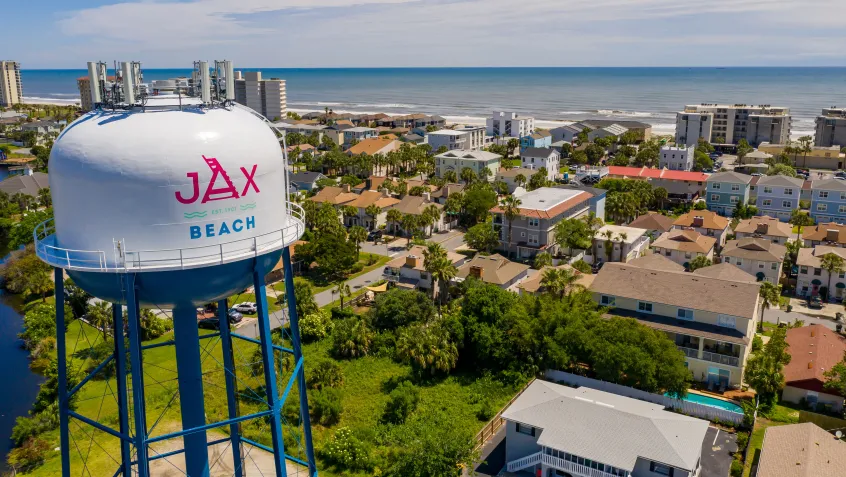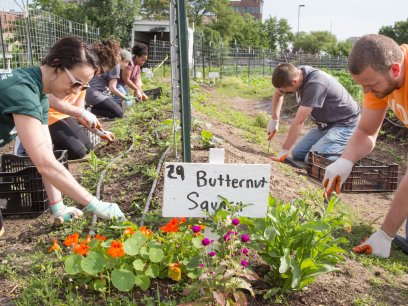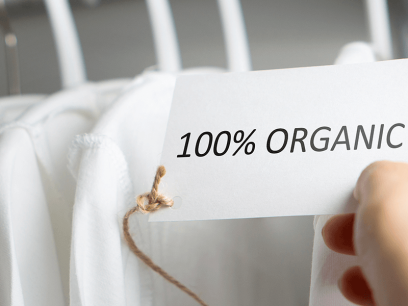
During this unprecedented time of social distancing, spending more time at home has likely caused your household water usage to increase, affecting both your wallet and local water quality. According to the Environmental Protection Agency, the typical American uses an average of 88 gallons of water each day at home for drinking, cooking, washing clothes, watering the lawn, flushing toilets, and taking showers. For the average family of four, this adds up to more than $1,000 per year in water costs.
But how does household water usage affect local water supply and quality? Of the 300 gallons of water used daily by the average American family, roughly 70% of usage occurs indoors. The majority of household water comes from the public supply—such as a water tower, which draws 63% from surface water sources such as rivers, lakes, and streams. The remaining 37% gets pumped from groundwater sources such as aquifers.
The combined water usage of everyone in your community collectively puts a strain on your local water supply. Some communities may need to update aging wastewater treatment and delivery systems while others face water shortages. This could mean higher water prices for consumers, water restrictions to manage any shortages, and expensive water treatment projects to upgrade outdated facilities.
Water supplies, human health, and the environment face a serious risk from reduced ground water tables and reservoir water levels. For instance, lower water levels can contribute to increased concentrations of human and natural pollutants. More efficient water usage helps maintain local supplies at safe levels.
Now that you know your impact on local water quality, what can you do at home to help protect it?
For starters, learn more about your home water usage. Check your latest water bill to see not only how much money you spent, but how much water you used. Most water bills will include a monthly comparison for the previous 12 months.
Do a little detective work to look at some of the water-reliant fixtures and appliances in your home, including your toilet, clothes washer, dishwasher, and water heater. For example, by replacing all old, inefficient toilets in a home with WaterSense models, the average family could save 13,000 gallons of water and shave $130 off water costs per year. It might make sense to upgrade to newer ENERGY STAR certified appliances or retrofit your older appliances with WaterSense-labeled fixtures. Taking these actions can save you more than $380 a year.
You should also be on the lookout for leaks, including dripping faucets, constantly “running” toilets, and leaking showerheads. The EPA says that the average family can waste 180 gallons a week—9,400 gallons in one year!—from household leaks. Some repairs require little more than replacing inexpensive washers and gaskets.
Of course, some water-saving strategies won’t cost you a penny. You can simply cut back on the time you spend running the faucet for daily tasks like taking a shower, brushing your teeth, or washing dishes by hand.
While you might be spending more time at home these days, taking these steps can help keep your household water usage in check, saving you money and helping to preserve local water quality at the same time.


